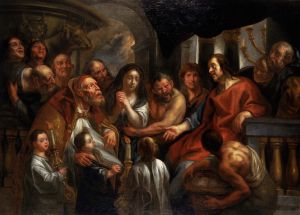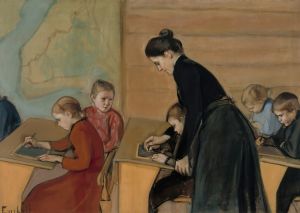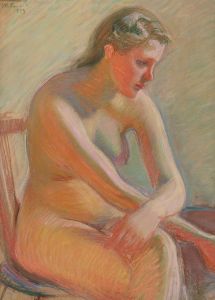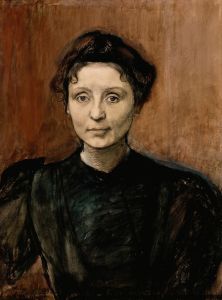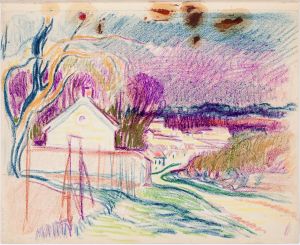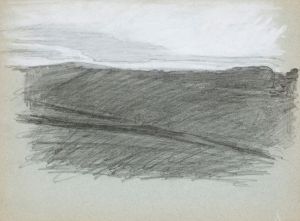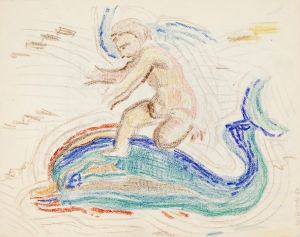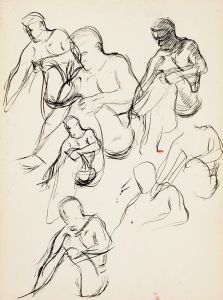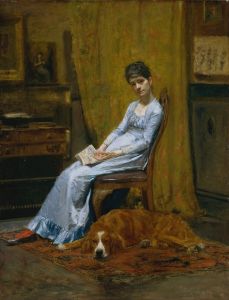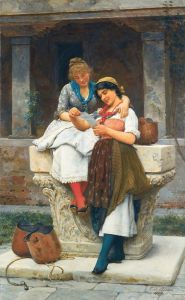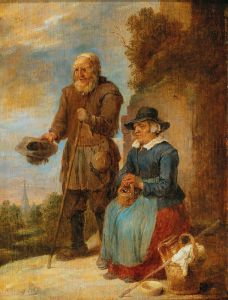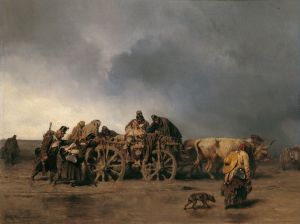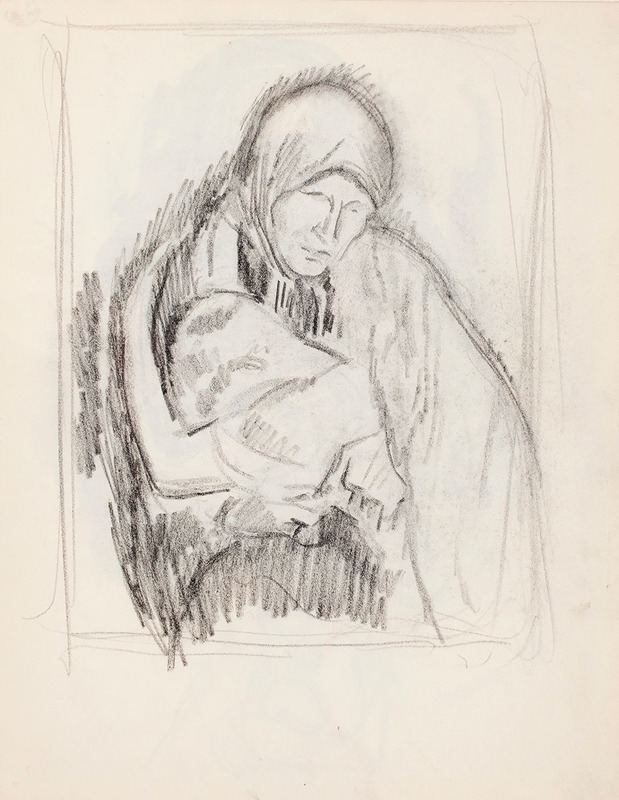
Luonnos maalaukseen Äiti ja lapsi
A hand-painted replica of Magnus Enckell’s masterpiece Luonnos maalaukseen Äiti ja lapsi, meticulously crafted by professional artists to capture the true essence of the original. Each piece is created with museum-quality canvas and rare mineral pigments, carefully painted by experienced artists with delicate brushstrokes and rich, layered colors to perfectly recreate the texture of the original artwork. Unlike machine-printed reproductions, this hand-painted version brings the painting to life, infused with the artist’s emotions and skill in every stroke. Whether for personal collection or home decoration, it instantly elevates the artistic atmosphere of any space.
Magnus Enckell's Luonnos maalaukseen Äiti ja lapsi (translated as Sketch for the Painting Mother and Child) is a work by the Finnish symbolist painter Magnus Enckell (1870–1925). Enckell is recognized as one of the most significant figures in Finnish art during the late 19th and early 20th centuries, known for his contributions to symbolism and his later transition to a more colorful and decorative style.
The artwork, as the title suggests, is a preparatory sketch for a painting that depicts the intimate and universal theme of a mother and child. While the final painting itself may not be as widely documented or exhibited as some of Enckell's other works, the sketch reflects his characteristic focus on human emotion, simplicity of form, and the exploration of symbolic themes. Enckell often used preparatory sketches to experiment with composition, mood, and the interplay of light and shadow, which were central to his artistic process.
Enckell's early works, including this sketch, are often associated with a subdued palette and a focus on introspection and spirituality, hallmarks of the symbolist movement. His interest in the human figure, particularly in moments of quiet reflection or connection, is evident in Luonnos maalaukseen Äiti ja lapsi. The subject of a mother and child has been a recurring motif in art history, symbolizing themes of love, protection, and the continuity of life. Enckell's interpretation of this theme aligns with his broader artistic vision, which sought to convey universal human experiences through a lens of simplicity and emotional depth.
Magnus Enckell was a prominent member of the Finnish art scene and played a key role in the development of modern art in Finland. He studied at the Finnish Art Society's Drawing School in Helsinki and later in Paris, where he was influenced by the symbolist movement and artists such as Pierre Puvis de Chavannes. His career evolved from the muted tones and introspective themes of symbolism to a brighter, more decorative style influenced by his involvement with the Septem group, a collective of Finnish artists advocating for modernism.
The exact date of creation for Luonnos maalaukseen Äiti ja lapsi is not widely documented, but it is consistent with Enckell's symbolist period, which spanned the late 19th and early 20th centuries. The sketch is an example of his ability to capture profound emotional resonance with minimalistic and refined techniques.
As with many preparatory works, Luonnos maalaukseen Äiti ja lapsi provides insight into Enckell's artistic process and his approach to composition and thematic exploration. While the sketch itself may not be as well-known as some of his completed paintings, it remains a valuable piece within the context of his oeuvre, reflecting his dedication to exploring the depths of human connection and emotion through art.





